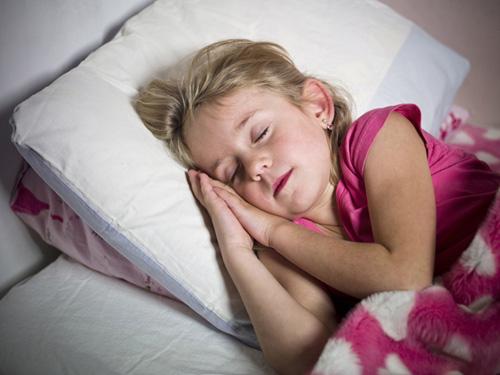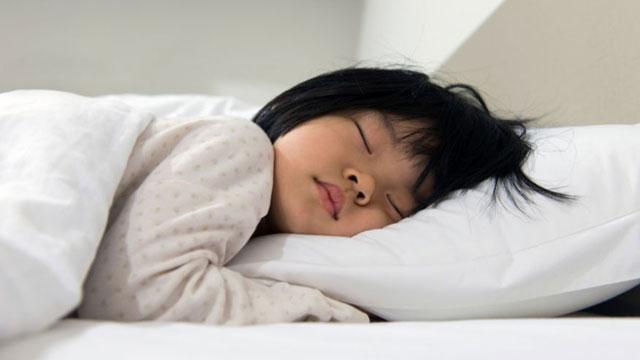You are here
Cognitive therapy improves behaviour issues in kids with night terrors
By Reuters - Jan 18,2017 - Last updated at Jan 18,2017

Photo courtesy of woodcockpsychology.com.au
Young children, who receive cognitive behaviour therapy to help them cope with night terrors, may have fewer behaviour problems tied to poor sleep than kids who receive therapy that does not include advice on how to manage symptoms, a recent study suggests.
The study focused on 90 children, ages 4 to 6, with severe and persistent fears that interfere with normal functioning and cause considerable stress for kids and their families.
These night terrors affect about 10 per cent of children, and are much more debilitating than the occasional nightmares that wake kids every so often.
Researchers randomly assigned the children into two groups. One group received cognitive behaviour therapy involving structured play with their parents designed to build coping skills. The other group received non-directive therapy involving playtime with parents, but no guidance on how to manage the sleep issues.
Four weeks after treatment, all of the children had significantly fewer nighttime fears and sleep disruptions. With cognitive therapy, however, parents reported more improvements in sleep and behaviour.
This suggests that cognitive behaviour therapy, an established treatment for older kids with sleep problems, may also work with young children when a play component is added, said lead study author Michael Kahn of Tel Aviv University in Israel.
“The take-home message for parents is that sleep problems in the preschool age can be successfully treated with very brief interventions,” Kahn said by e-mail.
“Parents could try addressing the problem on their own by being aware of their own cognitions and knowledge regarding sleep [for example, understanding the importance of regular bedtime routines[, by speaking to their child about it and trying to find creative solutions that would help him or her to spend the night in their own bed [e.g., using a stuffed animal, a flashlight, placing a picture of the family near the child’s bed, etc.], and by limiting the extent of their accommodation to the child’s attempts to avoid falling and staying asleep in his own bed,” Kahn added.
For kids receiving cognitive behaviour therapy in the study, researchers encouraged parents and kids to role play with dolls in a doll house bedroom to practice bedtime routines. Children would act out going to sleep and parents would gradually play smaller and smaller parts at bedtime and during the night to model the independent sleep habits they wanted kids to develop.
During these games, kids could earn rewards like stickers after successfully completing sleep exercises.
Children assigned to the control group did not get guidance on how to practice a good bedtime routine or cope with nighttime awakenings during the playtime with parents.
Researchers measured sleep using devices that track sleep, called actigraphs, and by asking parents how well children slept.
The actigraph measurements did not show more sleep improvement with cognitive behaviour therapy, but parents in this group reported greater reductions in kids’ sleep problems and co-sleeping, researchers report in Sleep Medicine.
The researchers admit that because they used a variety of different therapy approaches, it is difficult to pinpoint how each treatment component may have influenced how well kids managed to sleep through the night in their own beds.
The study may also have been too small to determine statistically meaningful differences in some of the interventions tested.
Even so, the findings add to a large body of evidence suggesting behaviour therapy helps reduce bedtime problems and nighttime awakenings, said Jocelyn Thomas, a psychology researcher at the Children’s Hospital of Philadelphia who was not involved in the study.
“This treatment is based on the theory of learned behaviour and involves teaching the parent to manage the child’s behaviour,” Thomas said by e-mail.
Related Articles
Children who do not get enough sleep may be more likely to become overweight or obese than kids who typically get enough rest, a Danish stud
It’s never too early to get kids into good sleep habits, and those habits might even protect against obesity later in life, a recent US stud
Preschoolers whose natural preference is for going to bed and waking up on the late side are more likely than their early-bird peers to have



















